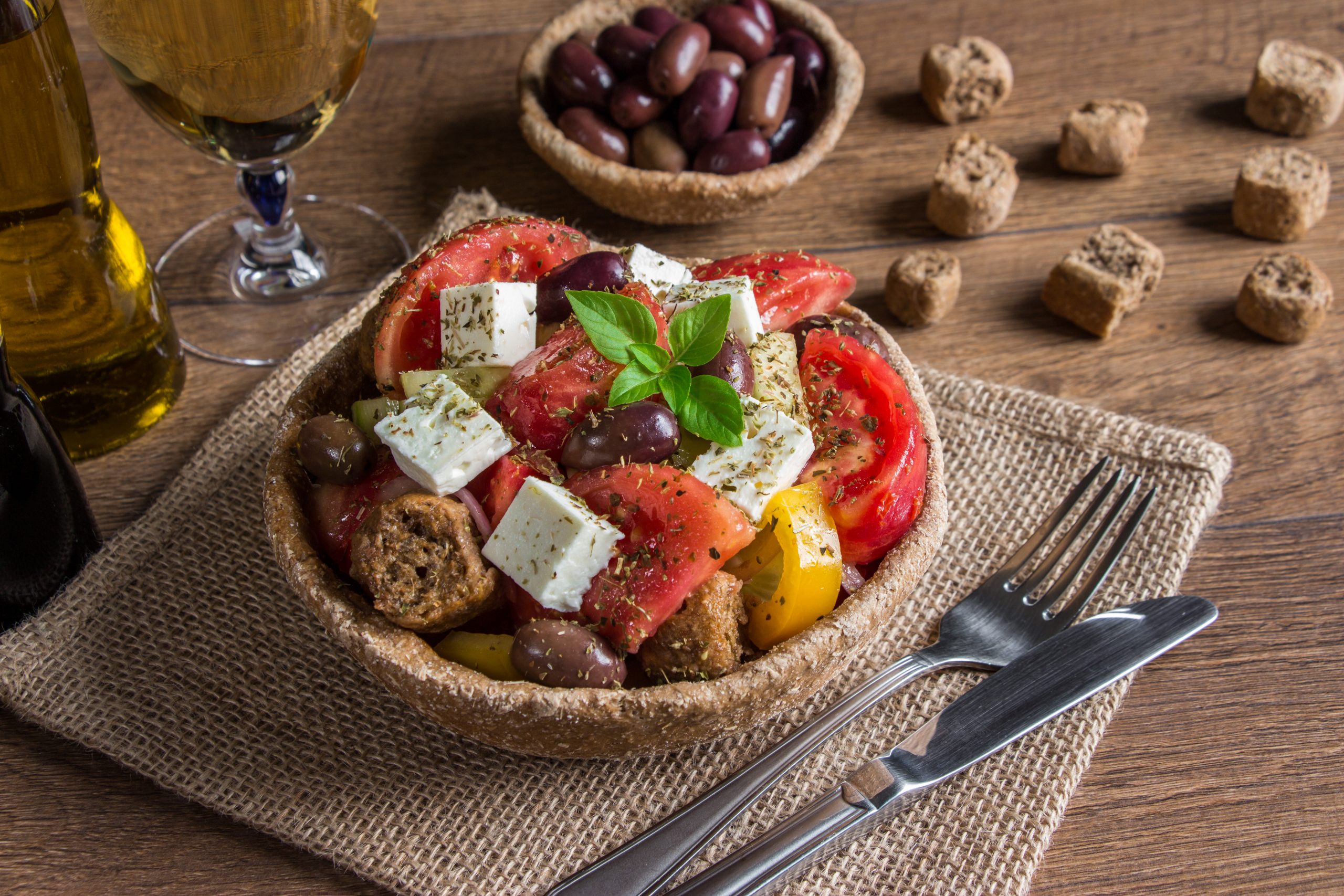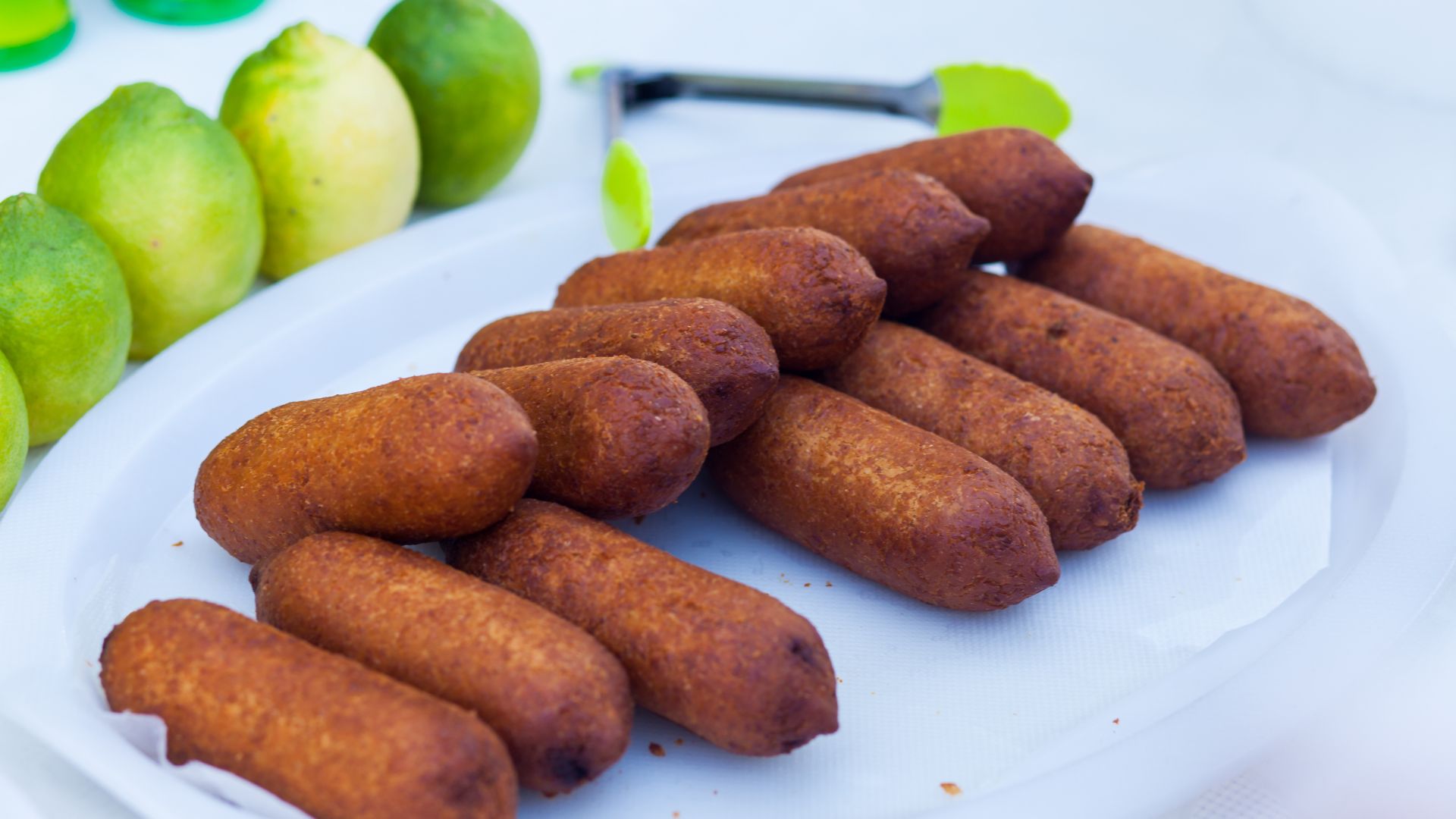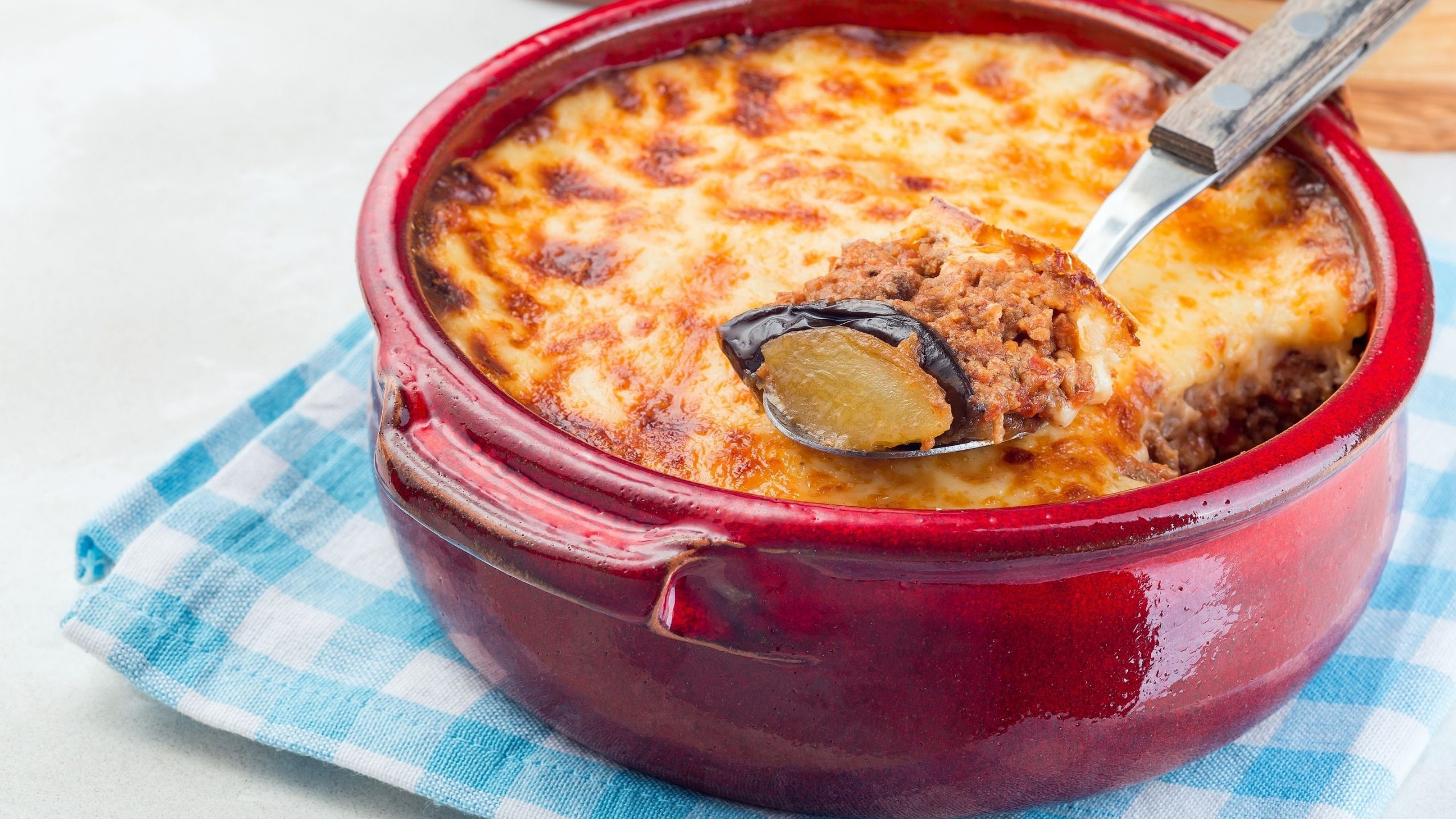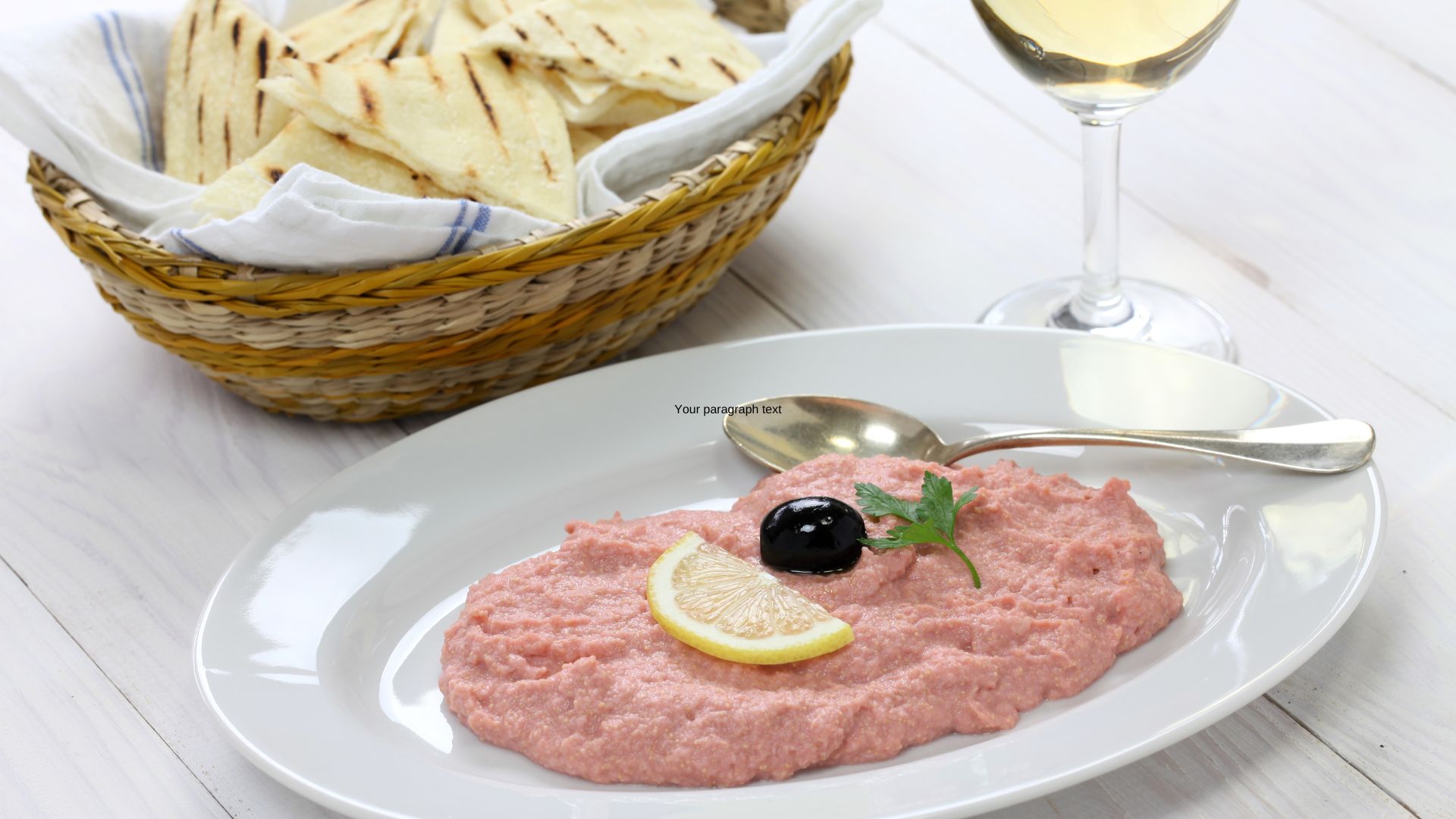Bougatsa
The name “bougatsa”, comes from the Ottoman word “pogatsa” (a different word in Latin for “foccacia” meaning, sweet pie) and was used to describe a “salty or sweet pie filling, wrapped very well and tightly in the dough”. Traditionally, is served as a sweet breakfast treat but it also makes a great snack or dessert.





